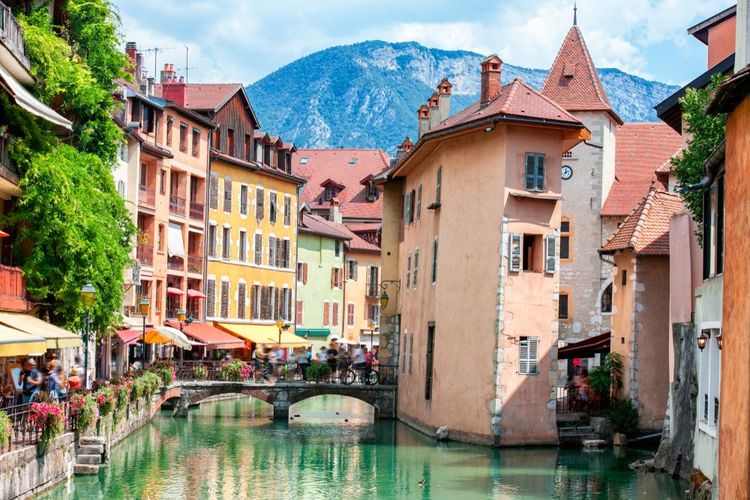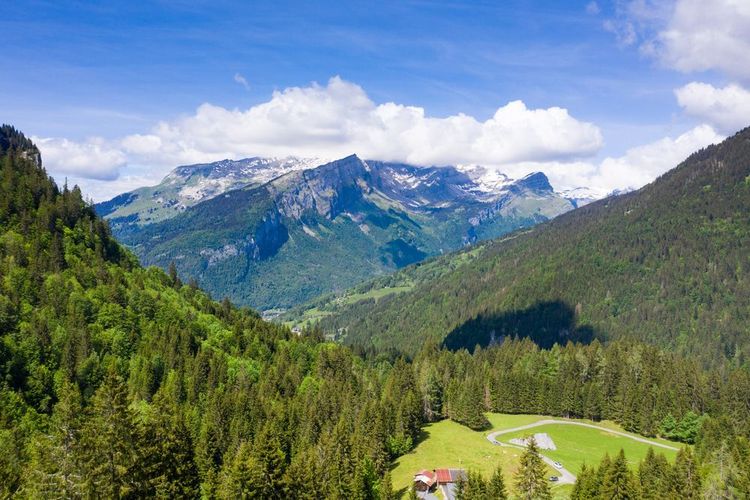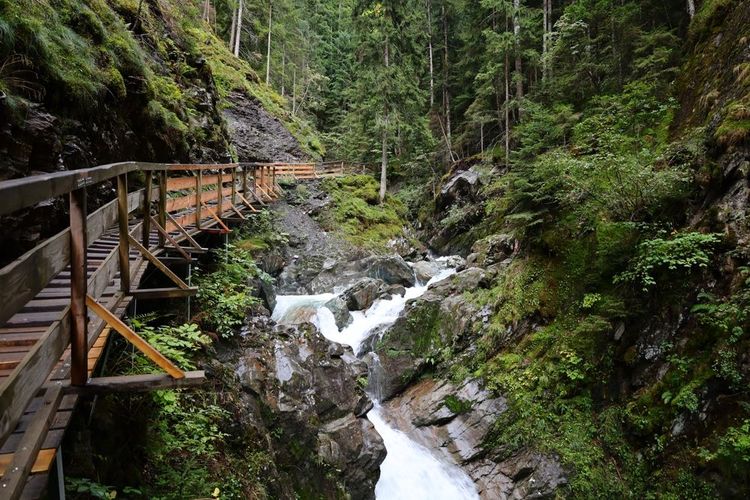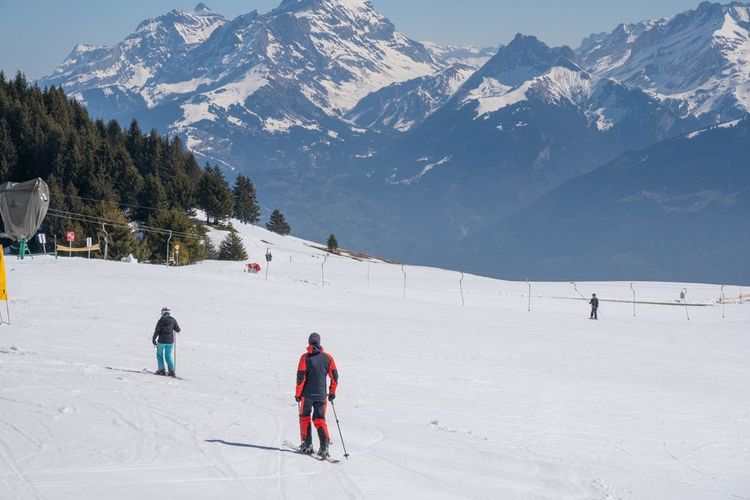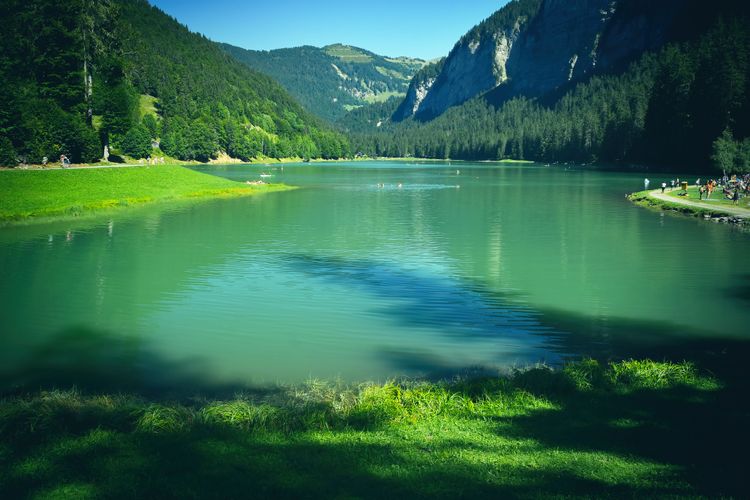from lakes to mountains, breathtaking landscapes
Lac Blanc facing Mont Blanc
- © mihaiulia / Shutterstock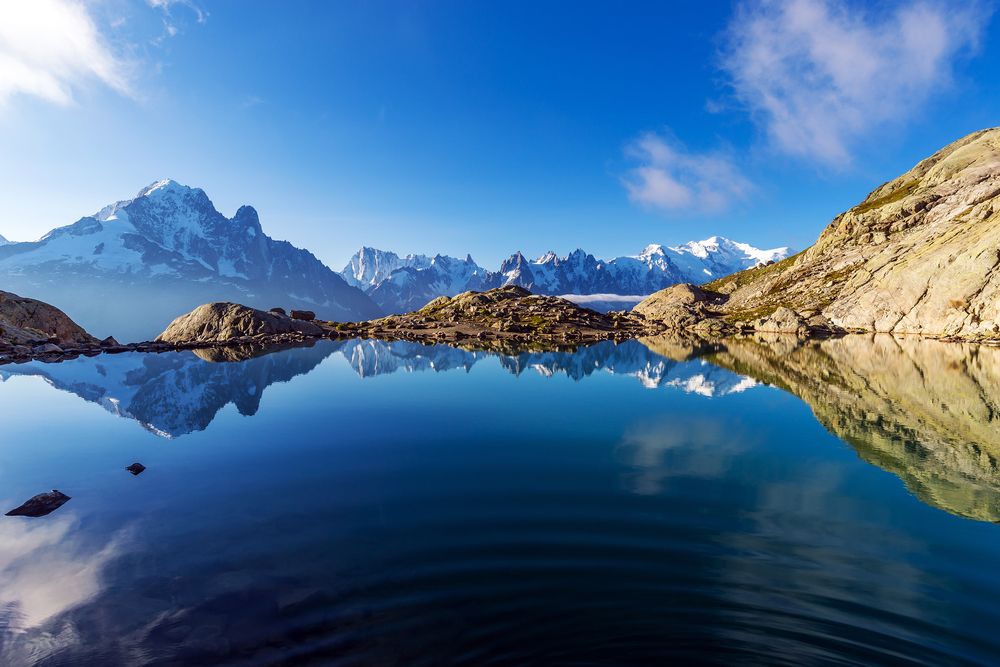
"The mountains win you over". For once, this mythical slogan is true. It's an obvious choice. The mountains have become a refuge for many French people, like a return to their roots. There's a mountain for everyone, to suit all budgets, desires and profiles. The affinity between the French and the mountains is well established.
Let's talk about Haute-Savoie. Renowned for its charming village resorts and natural heritage, it's full of tourist treasures, but how high up is Savoie? Haute-Savoie boasts the highest peaks in the Alps, hence the origin of its name. There's no doubt about it, if you take a stroll through the Chamonix valley, but there are also a few clear horizons on the shores of Lake Geneva and Lake Annecy.
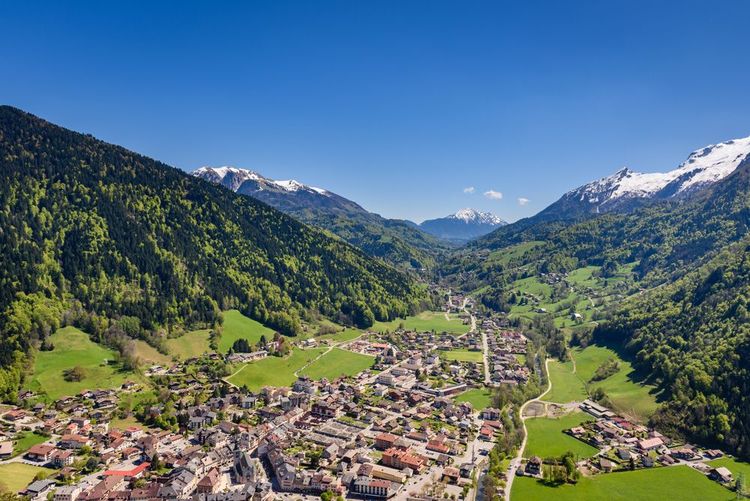
The village of Thônes near Annecy
- © Thomas Dekiere / ShutterstockThe majestic and emblematic Mont-Blanc stands out in the Haute-Savoie landscape, at 4,807 metres (according to the latest measurement). It is surrounded by the Mer de Glace, which discreetly disappears into the distance, the chic Chamonix valley and Annecy. The little "Pearl of the Alps" combines natural beauty with its landscape and medieval architecture.
A destination for rest and retirement, but also for sport and adventure... Haute-Savoie has many facets and attracts a diverse wave of tourists. There are over 50 ski resorts to suit all sporting interests. And in summer, the destination is not shunned... Far from it, it reveals itself as a playground. There are trail running, mountain biking, water sports, paragliding and hiking activities for everyone.
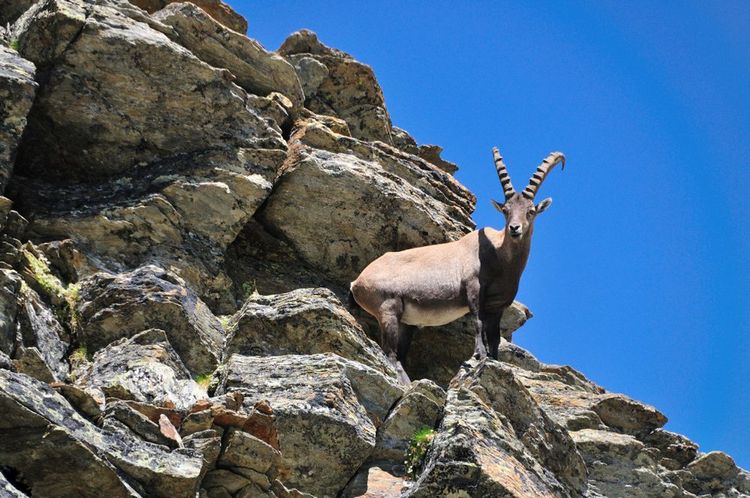
Wildlife near Mont Blanc
- © LB_06 / ShutterstockIt's not just nature... Traditions are also part of the region's cultural identity. Alpine life is expressed through local produce, local gastronomy and traditional festivals and customs.
Here are 8 tourist areas in Haute-Savoie:
Annecy: very popular with tourists, France's "Little Venice" evokes romanticism in a medieval setting. The Palais de L'ile is one of France's most photographed monuments. It is home to almost a quarter of the population of Haute-Savoie.
Albanais: Rumilly dominates this part of Haute-Savoie. This town retains its charm through its ancient monuments (Place Grenette, Place de l'Hôtel de Ville, Saint-Agathe church) with a strong identity. There's also the town of Clermont, home to a magnificent Italian Renaissance château that is unique in the region.
Pays du Mont-Blanc: just the mention of its name is enough to take you away. Here you'll find the inevitable Chamonix, as close to the sky as you can get, with its snow-capped peaks and luxury hotels. A village that stands apart from the rest. Other villages also stand out: Combloux, with its balcony facing Mont Blanc; Les Contamines-Montjoie; Megève, one of the first international winter sports resorts; and Saint-Gervais-les Bains, Praz-sur-Arly and Sallanches.
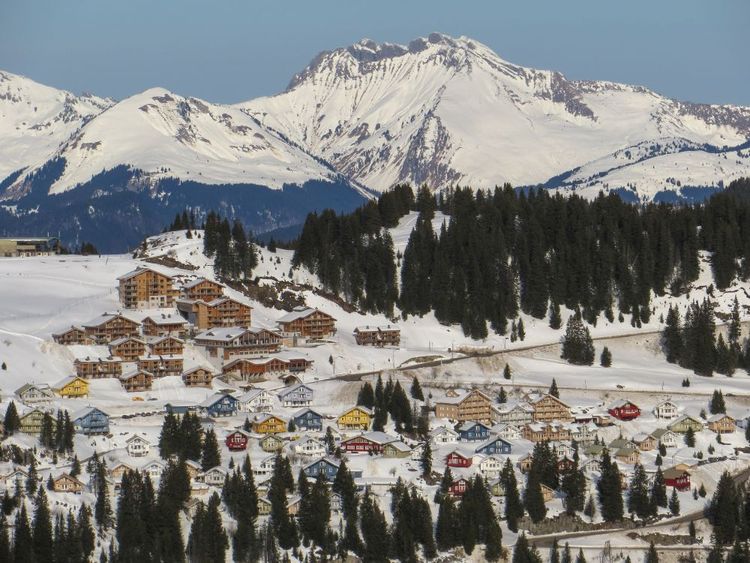
Flaine ski resort
- © Tim de Waardt / ShutterstockThe Arve Valley: this area includes the villages of Bonneville, Cluses and La Roche sur Foron. La Roche sur Foron is known as the "second most historic town in Haute-Savoie".
The Vallée du Giffre: here you'll find the perfect mountain village with its chalets: Samoëns. On the other side, the resort of Flaine stands in stark contrast, with its modern architecture designed by Marcel Breuer.
Lake Geneva: in the north of Haute-Savoie, the scenery changes. Close to Switzerland, the capital of the Chablais region, Thonon-Les-Bains, has a pretty harbour and a lively town centre. Evian-les-Bains is one of the best spas in the region. Last but not least, the village of Yvoire has managed to preserve its old infrastructure, much sought-after by tourists.
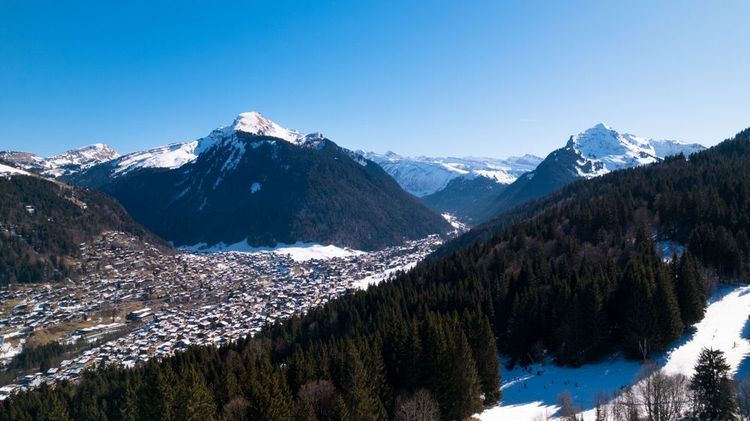
Les Gets ski resort, Portes du Soleil
- © SYLVAIN FELTEN / ShutterstockThe Portes du Soleil: in the far north of the Haute-Savoie department, you can relax in Châtel or Abondance, where nature is generous. A perfect place to discover the cheese of the same name, or the Abbey of Abondance. Sports enthusiasts can take advantage of two well-known resorts: Gets and Morzine, which is regarded as the capital of the white Haut-Chablais region.
The Plateau des Glières: this plateau was a hotbed of the Resistance in Haute-Savoie. Its main attraction is its many hiking trails in summer and its Nordic ski area in winter.
Last articles
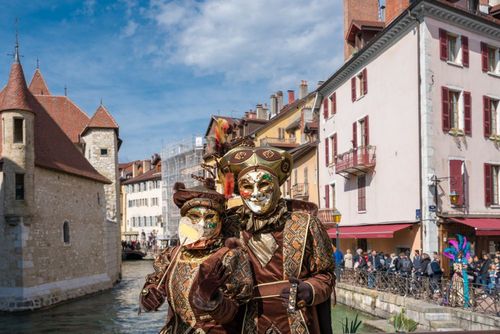
Haute-Savoie, a land of many cultural events
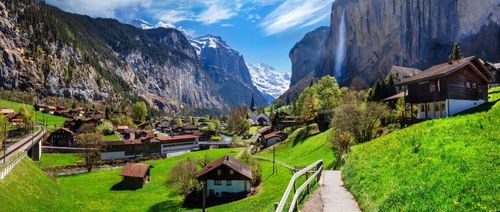
5 days on the Haute-Savoie village route
The must-sees
How to get there?
You can get to Haute-Savoie by car. The roads are well maintained. If you're on foot, the département has a very good network of trains and buses linking the major towns. From Paris or the provinces, you can travel to Annecy. By plane, the nearest airport is Lyon. And, whatever the season, the ski resorts are well served by bus.
✈️ Flights to Lyon
Fly to Saint-Exupéry airport for an easy way to discover the Lyon regionWhere to stay?
There's something to suit all pockets and tastes. Haute-Savoie offers campsites, luxury hotels, bed and breakfasts and family gîtes. There are plenty of campsites and refuges scattered around the mountain pastures.
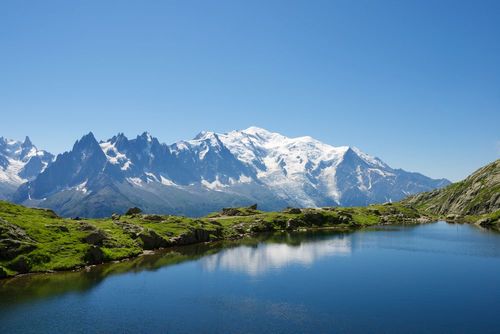
Practical information
🛂 Documents and visas
To travel to Haute-Savoie, you'll need to bring your passport.
Money
The currency used is the euro. All establishments (shops, hotels, restaurants) accept credit cards. Some rather remote places in the mountains or areas where the connection is not very good prefer cash.
🗓️ Best period
Haute-Savoie is adaptable and open to everyone, all year round. That's why the best time to go depends on what you want to do. In winter, the mountains put on their powdery coats, and in summer, alpine flowers cover the mountain pastures. December to February are ideal for skiing and other snow activities. May to September are the sunniest months, ideal for summer activities.
⚠️ Safety
The Haute-Savoie department is safe. The only threats you may encounter are dangers when hiking or skiing. Remain vigilant and follow the advice to avoid going off-piste. If you go out in the snow by car, fit your tyres with chains.
Nature is generous here. However, it is fragile. That's why, for everyone's well-being, we recommend that you take care on the paths and not rush the animals. Some species are endangered, such as the capercaillie - do not venture into areas marked as home.
explore Try out our comparators
It is Easy to travel




